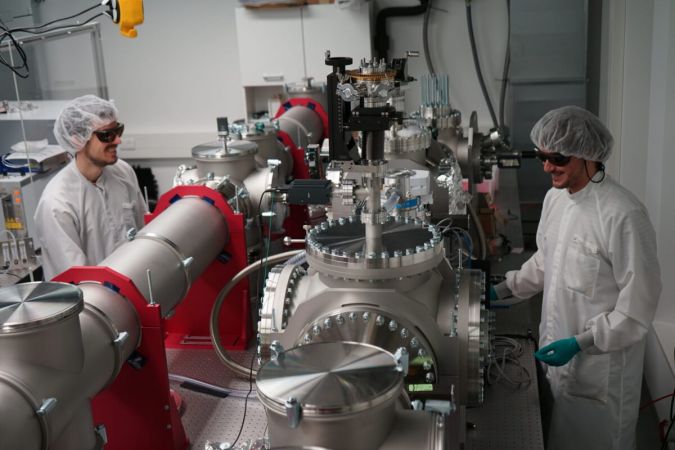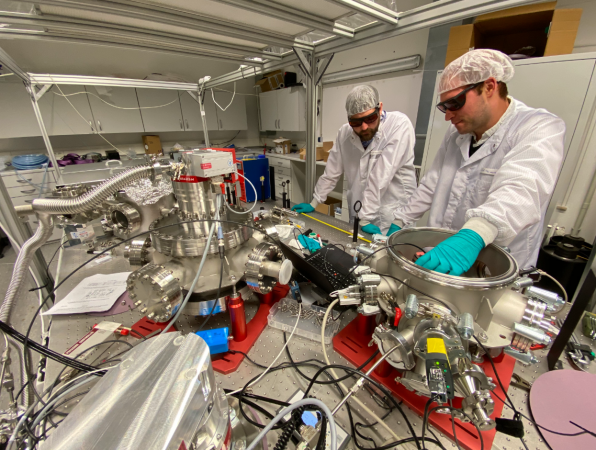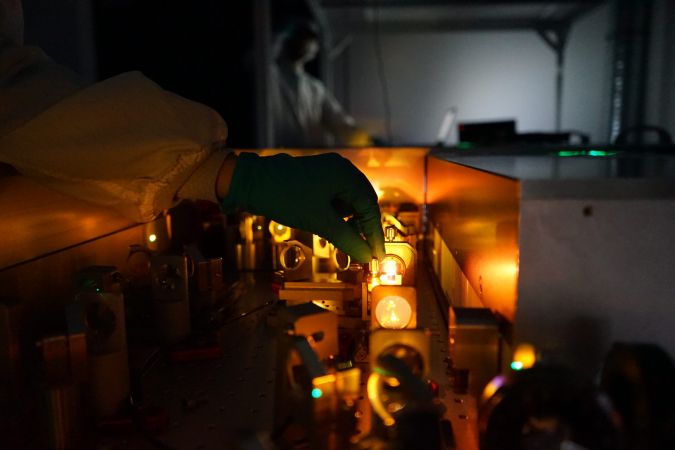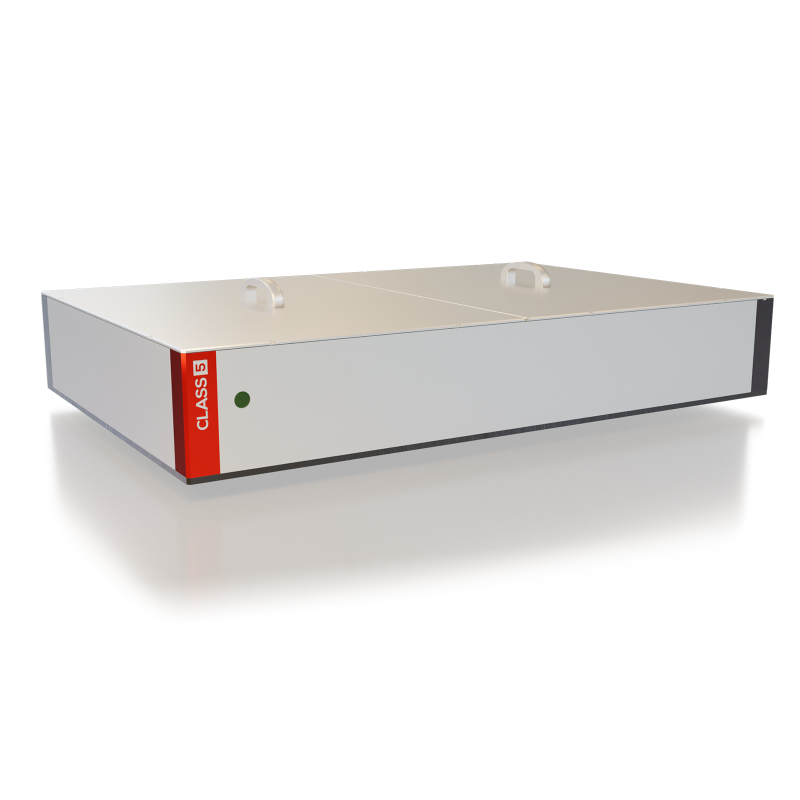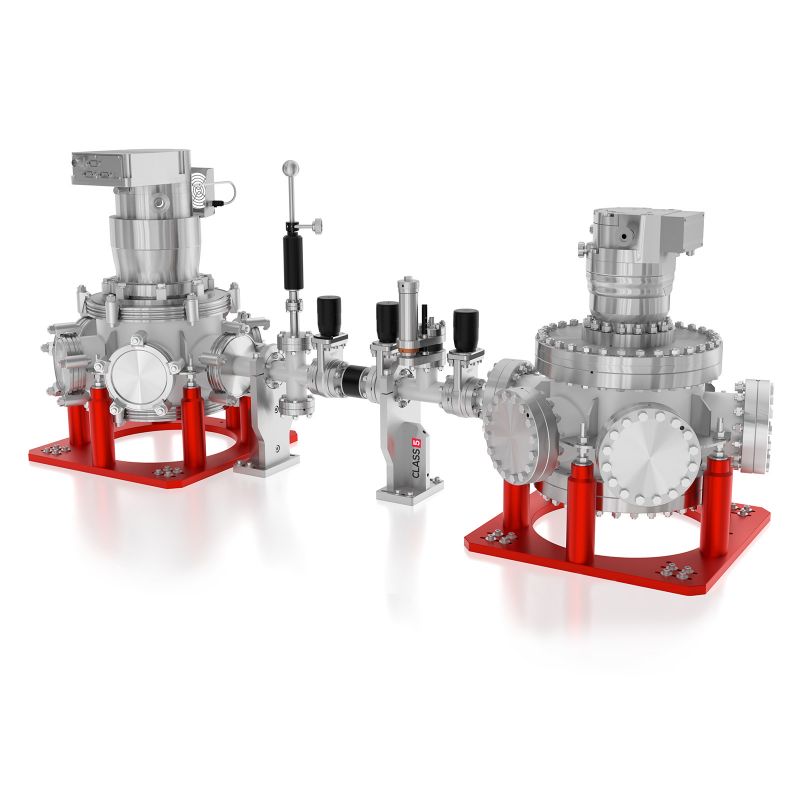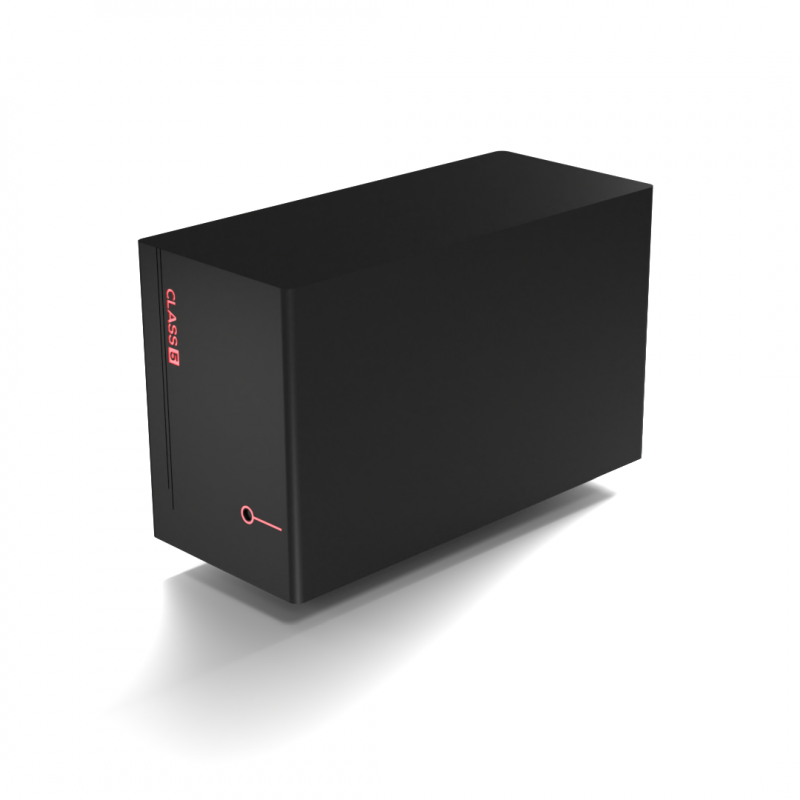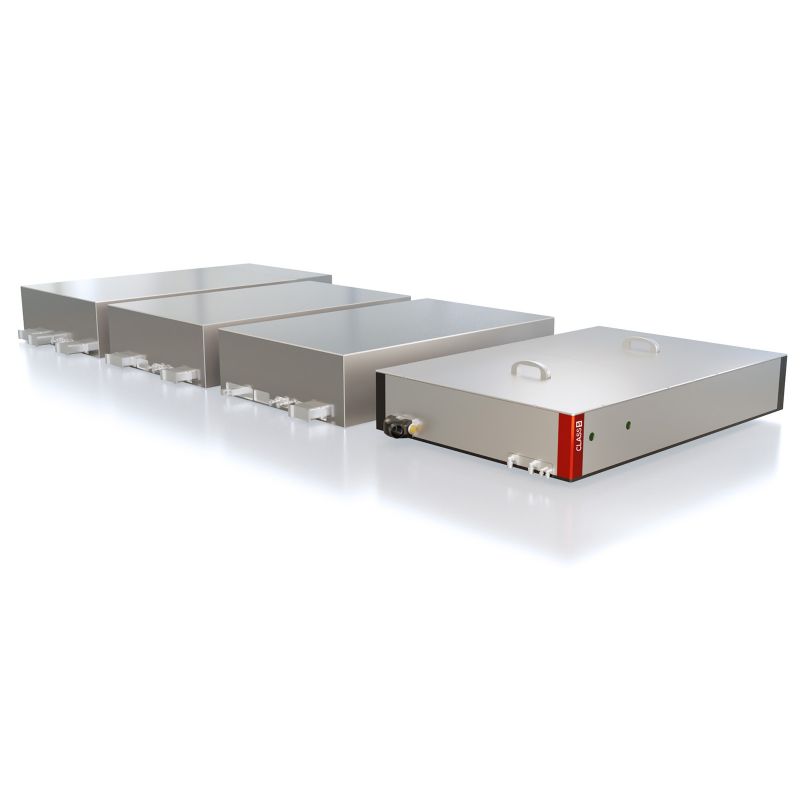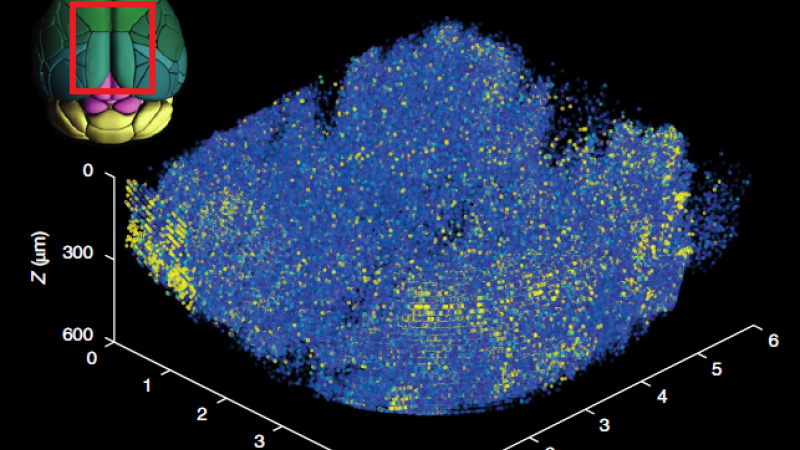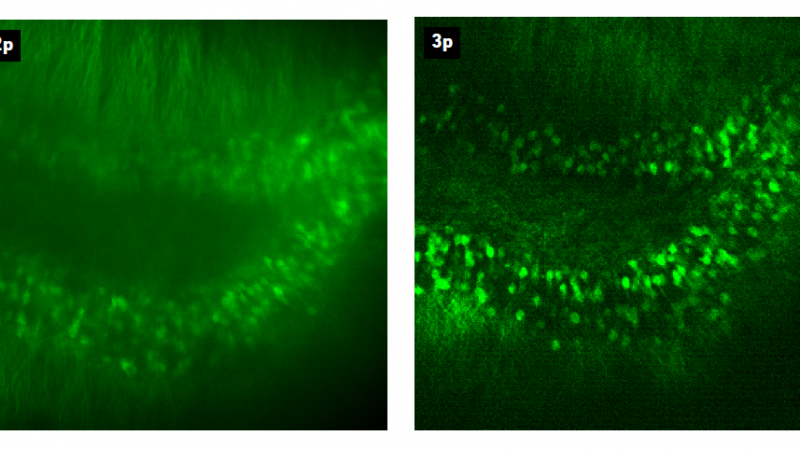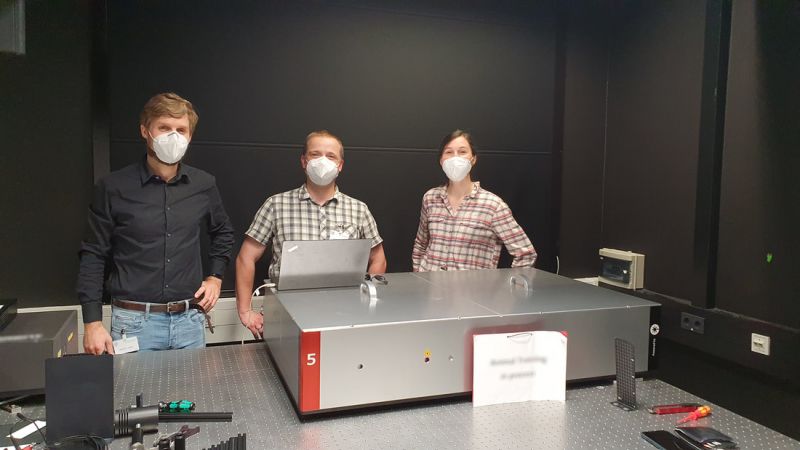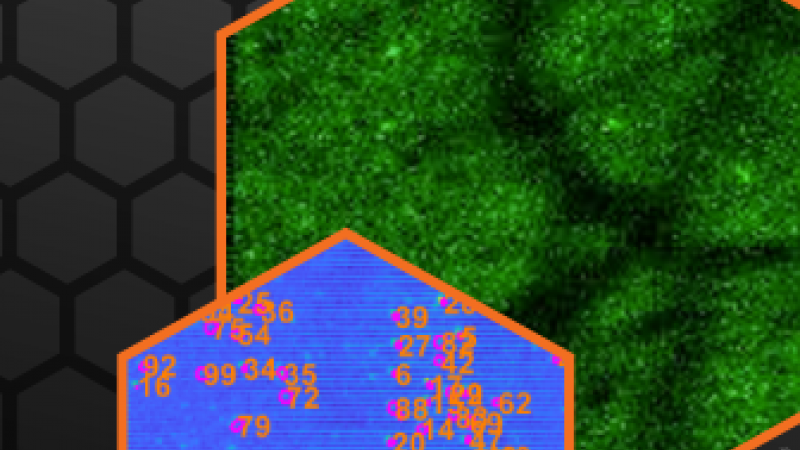Attosecond science
Applicaton
The scientific quest to understand how matter and interactions work on the shortest time scales, require snapshots shorter than the dynamic process itself. For example, to record movies of the electronic motion within an atom, requires X-ray pulses with attosecond (10^-18 sec) time resolution.
Higher harmonic generation
Besides recent developments at free-electron lasers, higher harmonic generation (HHG) is at present the core technology to reach table-top extreme ultraviolet (EUV) to soft x-ray (SXR) isolated attosecond pulses suitable for the investigation of electronic dynamics. The generation of isolated attosecond pulses via HHG requires carrier-envelope phase (CEP) stable laser drivers and gating schemes (amplitude or temporal gating) to confine the generation within less than half cycle of the driving electric field. In addition to temporal considerations, the generated x-ray photon flux and photon energy ultimately limit the possible phenomena to study. For example, the investigation of many inner-shell dynamics require photon energies up to the keV regime which are routinely produced at synchrontron facilities or free electron lasers at high intensities. To elevate HHG to the keV regime, mid-infrared driving fields represent a promising road-map.
Publications
-
April 8, 2022Husain Alqattan, Dandan Hui, Vladimir Pervak, and Mohammed Th. Hassan, Attosecond light field synthesis, APL Photonics 7, 041301 (2022)
-
March 21, 2022T. Golz, S. Starosielec, J. H. Buss, P. Merkl, E. Zapolnova, M. Schulz, M. Petev, M. J. Prandolini, and R. Riedel, “The ELI-ALPS MIR-HE Laser System – Design and Status,” in Optica High-brightness Sources and Light-driven Interactions Congress 2022, Technical Digest Series (Optica Publishing Group, 2022), paper MTh5C.3.
